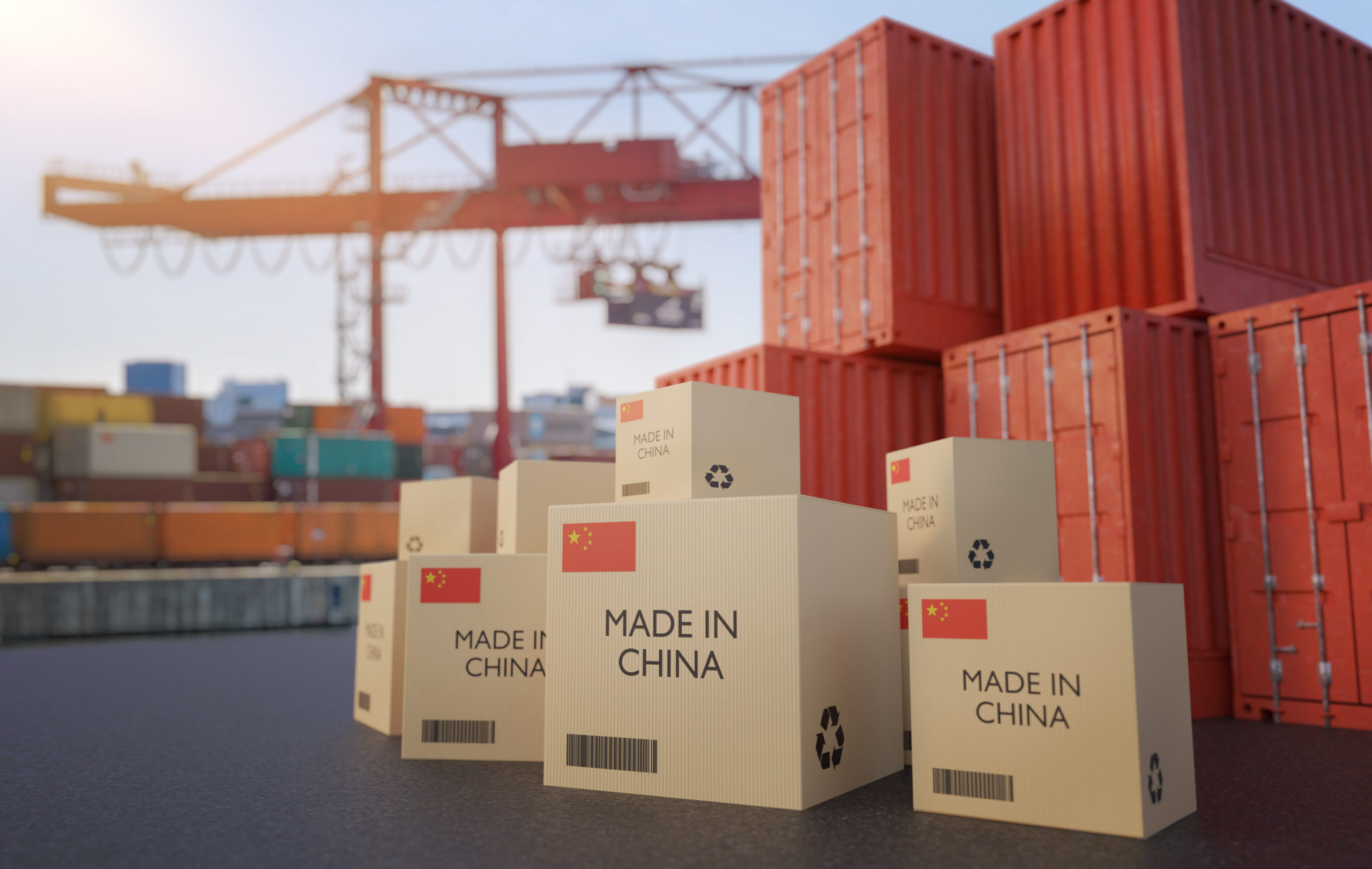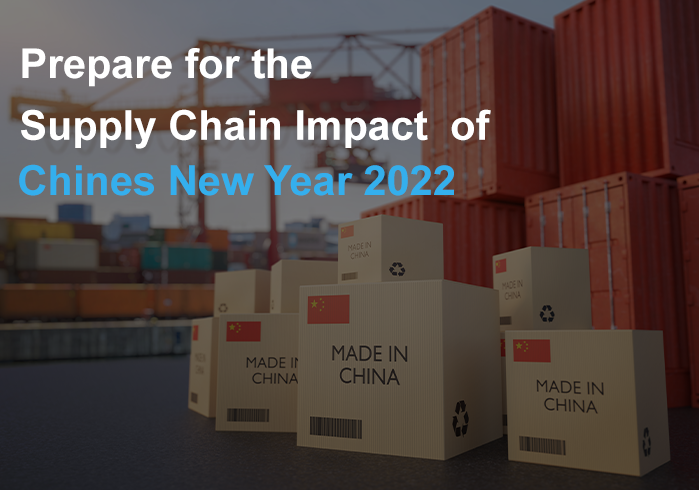
The Chinese New Year in 2022 is quite different from past years. Businesses must be prepared for any situation. For example, there is the reality of shortages and delays which virtually everyone in eCommerce has had to contend with. Is your business prepared for this year?
These are the questions that many entrepreneurs and businesses are asking of themselves. The market has opportunities with increased demands. However, there are also pitfalls to consider such as limited and expensive shipping container space. Additionally, the last few years have been full of surprises so we should realistically expect something similar for this year.
All plans should now be triggered and ready to go
Now that the Chinese New Year is around the corner, it is time for the operational contingency plans for it to take root. This is going to be an unusually busy period when the demand has surged following Covid-19. For most people, eCommerce is the place to go and that places additional burdens on businesses that must meet increasing demand.
The logistics sector has not had a comfortable ride and the pandemic has shown that there are fundamental aspects of the sector that are ripe for review. There are three essential logistics facts that you must be aware of because they will have a considerable influence on how successful your business will be this year.
Why is this year so different?
First, there is the demand which was as unexpected as the pandemic itself. Consumers are asking for online orders because it is safe and more convenient to do it that way. Unfortunately, many businesses are just not prepared for this reality and are still operating based on the models that were used in the past. Additionally, the logistics system itself has been caught off-guard such that there is just not enough shipping space to go around.
Every year, the shipping industry must deal with the logistical problems that are caused by the Chinese New Year. This is the Spring Festival, or Lunar New Year, which is celebrated in China and the Far East. This cycle begins on the 1st of February until the next event on February 15th. During the celebrations, factories close and workers go home to celebrate with their families.
Around this time the supply and manufacturing of many items is delayed. Even where the items have been pre-ordered, it can become something of an ordeal to deliver them to their respective customers. Given the high demand that is already emerging in the market, it is safe to say that this year things are about to get much more complicated.
Critical preparations that must be put in place to deal with this period
There will be a public holiday lasting about a week. During this time, most manufacturers will be closed. In the weeks prior to this critical event, businesses should be filling as many orders as possible. One of the strategies is to encourage customers to make early orders and to avoid making orders around the time of the festivities. This gives the businesses and the entire logistics supply chain time to deal with existing demand.
Making the entire process easy and efficient can be a bonus because businesses will not have to deal with questions about past, present, and future orders. Instead, staff will be dedicated to completing the current orders in the shortest time possible. Organize your shipments so that they do not fall within this busy period.
Preparing for the recovery after the holiday season
Even when the factories are opened, things do not immediately go back to normal. There is a period of adjustment. That is why businesses should give themselves time to recover and readjust to the new demands. The typical recommendation is to plan for about six weeks of disruption. This year it is even more concerning that Covid-19 has changed attitudes to work and some people that go on vacation may never return to the workplace because they are seeking a better work-life balance or more attractive opportunities.
You can take some steps to protect your business and supply chain:
- Create time to ramp back up: Do not expect that you will immediately recover your production levels after the holiday. Businesses are advised to carefully manage expectations from their customers. It may require up to a month before you are fully operational. In fact, we know that every time there is some shutdown, consumers will flood back immediately after opening. Ensure that you have systems to make up for the weeks that were lost through holiday-related absences.
- Keep your product quality high throughout: There is a tendency to compromise on standards when there is excessive demand. This would obviously be the wrong decision. Instead, you need to monitor your productivity and the quality of the output that you are sending to the market. The fact that some staff members are not returning may mean that you hire temporary or inexperienced staff that are not experienced enough to deal with the needs and expectations of your customers. This is a time of intense scrutiny, and you must not lose focus on keeping the quality of your output high. Otherwise, you may find that you are rapidly losing customers. Create emergency training programs to bring unfamiliar staff up to speed with your working procedures.
- Keep your forecasts up to date: Despite all the disruptions that emerge from the Chinese New Year, being prepared mitigates these risks. Forecasting allows you to investigate the future with the lens of an informed student of history. You can pinpoint demand levels and bring your capacity up to speed. Forecasting 2022 is unusually burdensome because the two preceding years were rendered quite different by virtue of the Covid-19 pandemic. You can start thinking about the extra time and other resources that you will need for this season.
Wrapping up
The Chinese New Year is a holiday season in the Far East. Factories and their workers will be closed for the holiday. The disruptions to manufacturing and the supply chain can last up to six weeks. The key to surviving this period is planning and accurate forecasting so you can ensure that you deliver high quality products and services.


